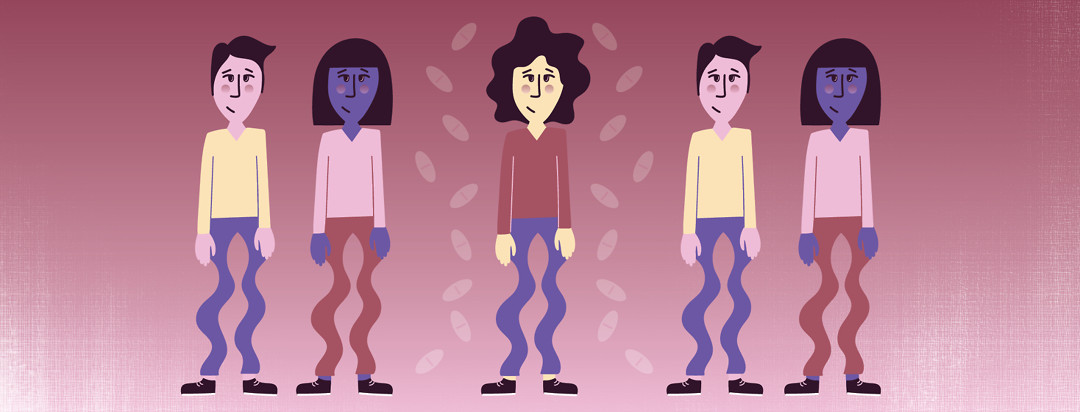What Restless Legs Syndrome Means to Me
Restless legs syndrome (RLS) can affect up to 10 percent of the population - that’s a lot of people wriggling and jiggling and struggling to sleep.1
While there is some comfort in shared misery, I have found that having RLS has had a substantial negative impact on my quality of life.
RLS worsened as I aged
I have had RLS to some degree for as long as I can remember - I can't recall ever sitting down quietly and just feeling my body at rest. I've been cursed with the silent march of the tiger beetles for over 50 years. I just didn’t know what it was called for a very long time.
Like most ailments, I’ve had RLS to varying degrees at different times but overall, it has worsened as I age. When I was a child it meant I was constantly being told not to fidget. As a young classical music student, it interfered with my ability to quietly enjoy the concerts I attended. As I got older, travelling became a nightmare and my already problematic sleep worsened.
Movement was like therapy for my legs
I feel like people assumed I could just sit still if I tried hard enough. That couldn’t be further from the truth. The more I tried to not move the worse the sensations became, until movement was uncontrollable.
But I also found that having RLS made me seem more energetic as all that pent up energy tended to be directed into activities that were quite often productive - housework, child-rearing, exercise. I could push my usually exhausted body by giving into the urge to move. Hiking up a mountain was like therapy for my legs.
Disovering a name for my fidgeting
About 15 years ago I became aware of the term restless legs syndrome - up until then I didn’t really have a name for my fidgeting. Somehow, having a label helped me. I wasn’t just making things up and being difficult. I spent many hours on internet searches looking up all the descriptions and homegrown solutions.
But there came a time when the restlessness was so severe and my insomnia so debilitating, that I needed to call on professional help. I had for several years been sleeping only a few hours each night and my days were filled with endless hours of running around. My body was completely exhausted and my mind started to struggle.
Trial and error with home remedies
I’d tried all the home remedies - magnesium and iron supplements, eliminating caffeine and alcohol, experimenting with levels and timing of exercise. Stretch, stretch, stretch.
A lot of these things did help a little - especially dietary change - but it wasn’t enough and I needed support.
Finding relief with prescription medication
It took a little while but eventually, I was given pramipexole and it was like a pixie had sprinkled me with magical fairy dust. I could sit still. The sensation was truly remarkable.
Over the years I’ve had to adjust my medications and come to terms with the fact my insomnia is not solely related to RLS. But for the most part I consider my restlessness has been well controlled for almost 15 years.
Where am I now?
This doesn’t mean I sit still all the time. With pharmacological support, I can now sleep but throughout the day my feet will tap, tap, tap away to whatever I’m doing.
But I don’t have the levels of distress I used to have and with medications on board, I find I can rest my legs for longer periods of time. Sometimes just contracting and relaxing muscles is enough to stop the involuntary movements. These days I can sit through a movie at the cinema or go on a long car ride.
Enjoying my peaceful life
Having restless legs syndrome shaped the person I am - someone constantly on the move and never able to relax. Controlling the RLS changed the person I am - I’ve learned to curl up in the sunshine and have a nap.
As I age I’m grateful to have both lifestyle and pharmaceutical treatments that work for me. No longer am I a slave to the incessant movements in my legs. Instead, I can lead a life that is not just active, but also peaceful.

Join the conversation